HTC Droid Incredible 2 Review
by Anand Lal Shimpi on July 3, 2011 11:44 PM EST- Posted in
- Smartphones
- HTC
- Verizon
- Droid Incredible 2
- Mobile
The original Droid Incredible by HTC was the second Android phone I ever officially reviewed. The first was Google's Nexus One. A year ago I proudly proclaimed that the Incredible was clearly better than the Nexus One thanks to the added features HTC delivered through Sense. Since then we've seen Google improve Android tremendously. The OS has come so far in the past twelve months that I do wish more vendors would actually ship unaltered versions of it on their devices. HTC has kept up with Google's evolution, at least on some of their devices. The Sensation 4G, EVO 3D and Flyer all ship with a brand new version of the Sense UI (3.0) that actually adds some pretty neat features to the OS (e.g. the ability to launch apps from the lock screen).
Unfortunately the successor to the original Incredible isn't blessed with Sense 3.0, it's still running version 2.0. The Incredible 2 also doesn't ship with Gingerbread, it's currently only available with Android 2.2.1. Qualcomm does have a working Gingerbread port, something HTC is quite familiar with as all of the devices I mentioned above ship with Gingerbread. The Incredible 2 is due for an update to Gingerbread soon but if you buy it today all you get is Froyo.
The seemingly dated software comes with similarly dated hardware, at least by today's standards. The Incredible 2 ships with Qualcomm's MSM8655 SoC. That's a 45nm SoC with a single-core 1GHz Snapdragon and an Adreno 205 GPU. The chip has 768MB of memory on package. CPU performance isn't improved compared to the original Incredible although the GPU is faster and power consumption is lower thanks to the 45nm process (the original Incredible had a 65nm QSD8650 with an Adreno 200).
While this is an upgrade from the original Incredible, HTC's high end phones these days ship with MSM8660 SoCs: the dual-core, Adreno 220 packing successor to the 8655. In a world where the past six months have been dominated by talk of NVIDIA's dual-core Tegra 2, shipping a high end single-core phone seems silly.
The Incredible 2 increases screen size over the original to a comfortable 4-inches. HTC went with a Super LCD display (PVA) with an 800 x 480 resolution. With Android I firmly believe that the 4-inch screen is ideal for the platform. Anything smaller and it's too difficult to type on. Anything larger and it's not as comfortable to carry around with you.
In your hand the Incredible 2 feels good but not perfect. It's a few mm too wide in my opinion. The front is all glass save for a thin bezel around the sides. The bezel is raised so you can lay the phone flat without worrying about scratching the glass. The four Android buttons are capacitive touch and backlit. The Android buttons will also rotate orientation if you hold the Incredible 2 in landscape vs. portrait. They'll always be in the same place but they'll simply rotate 90 degrees so they're always facing up. Like we saw on the Flyer this button rotation only works if you hold the phone in portrait mode with the Verizon logo facing up or rotate it 90 degrees counter clockwise so the buttons are to the right of you.
Anything that isn't glass is made of soft touch plastic. Despite having a removable back the device feels solid and didn't exhibit any squeaks or creaks when handled. My only concern about soft touch plastic like this is it tends to age really poorly and develop shiny splotches as it accumulates oils from your skin and some of the finish wears off.
The power/lock button is up top and the volume rocker is on the left side. There's also a micro USB port on the left side for charge/sync - there is no HDMI output on the Incredible 2.
Around back is an 8MP camera sensor with dual LED flash. The speakerphone grill is to the right of the rear camera. There's a 1.3MP front facing camera as well.
The back cover pulls off with the uncomfortable release of a few clips around the edge. I'm always afraid I'm going to break something whenever I pull off these HTC covers. Underneath the cover is the Incredible 2's 5.36Whr battery, an upgrade from its predecessor.
Go down one more level and you'll find a SIM card slot behind the battery. The Incredible 2 is a world phone that supports 800/1900MHz CDMA networks, 900/2100MHz UMTS/HSPA+ and 850/900/1800/1900MHz GSM/GPRS/EDGE networks. I traveled to both Abu Dhabi and Taiwan with the Incredible 2, unfortunately I didn't tell Verizon beforehand and thus didn't have service in either location. As a world phone you do get a number of additional plugs for the power adapter:
Keeping with recent HTC tradition, the back cover actually houses the cellular, Bluetooth and WiFi antennas. Remove the cover and you quickly lose all cellular reception on the Incredible 2. In the US, EVDO is the fastest cellular network supported - there's no WiMAX or LTE here. The Incredible 2 supports 802.11b/g/n.
The microSD card slot is accessible without removing the battery but you still need to take off the case to get to it. Verizon sells the Incredible 2 under contract (2-year agreement) for $199 with a 16GB microSD card.
| Physical Comparison | |||||||
| Apple iPhone 4 | HTC Thunderbolt | Motorola Droid X2 | HTC Droid Incredible | HTC Droid Incredible 2 | |||
| Height | 115.2 mm (4.5") | 122 mm (4.8") | 126.5 mm (4.98") | 117.5 mm (4.63") | 126.3 mm (4.97") | ||
| Width | 58.6 mm (2.31") | 67 mm (2.63") | 65.5 mm (2.58") | 58.5 mm (2.30") | 65.5 mm (2.58") | ||
| Depth | 9.3 mm ( 0.37") | 13.2 mm (0.52") | 9.9 mm (0.39") | 11.9 mm (0.47") | 11.6 mm (0.46") | ||
| Weight | 137 g (4.8 oz) | 183.3 g (6.46 oz) | 155 g | 130 g (4.6 oz) | 148 g (5.22 oz) | ||
| CPU | Apple A4 @ ~800MHz | 1 GHz MSM8655 45nm Snapdragon | 1 GHz Dual Core Cortex-A9 Tegra 2 | 1 GHz Snapdragon QSD8650 | 1 GHz Snapdragon MSM8655 | ||
| GPU | PowerVR SGX 535 | Adreno 205 | ULP GeForce | Adreno 200 | Adreno 205 | ||
| RAM | 512MB LPDDR1 (?) | 768 MB LPDDR2 | 512 MB LPDDR2 | 512MB LPDDR1 | 768 MB LPDDR2 | ||
| NAND | 16GB or 32GB integrated | 4 GB NAND with 32 GB microSD Class 4 preinstalled | 8 GB NAND with 8 GB microSD preinstalled | 8 GB NAND with up to 16GB microSD | 4 GB NAND with 16 GB microSD preinstalled | ||
| Camera | 5MP with LED Flash + Front Facing Camera | 8 MP with autofocus and dual LED flash, 720p30 video recording, 1.3 MP front facing | 8 MP with AF/dual LED Flash, 720p30 video recording | 8 MP with AF/LED Flash, 720p30 video recording | 8 MP AF/Dual LED flash, 720p30 video recording, 1.3MP front facing | ||
| Screen | 3.5" 640 x 960 LED backlit LCD | 4.3” 800 x 480 LCD-TFT | 4.3" 960 x 540 LCD-TFT | 3.7" 800 x 480 AMOLED | 4.0" 800 x 480 S-LCD | ||
| Battery | Integrated 5.254Whr | Removable 5.18 Whr | Removable 5.7 Whr | Removable 4.81 Whr | Removable 5.36 Whr | ||


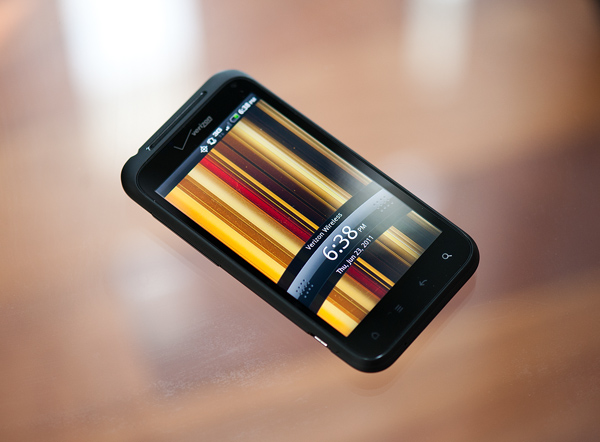
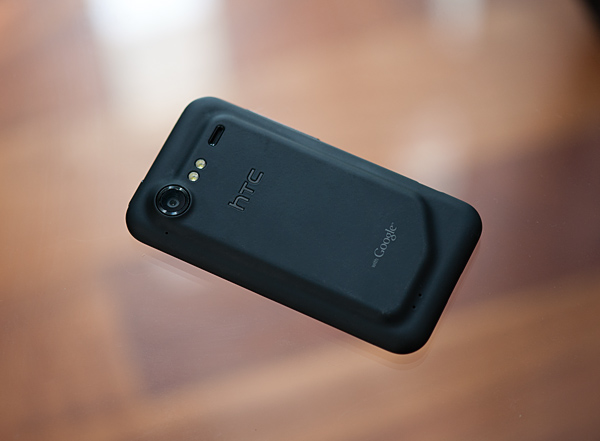
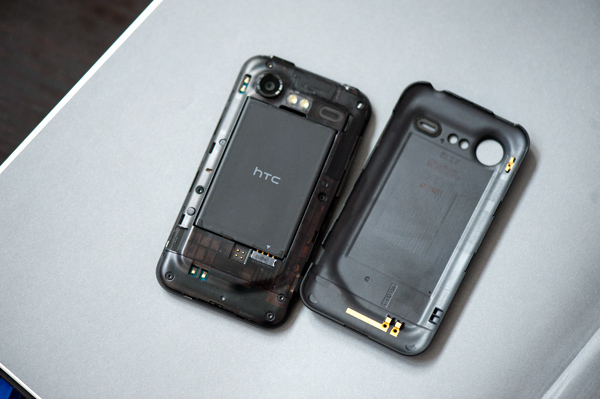
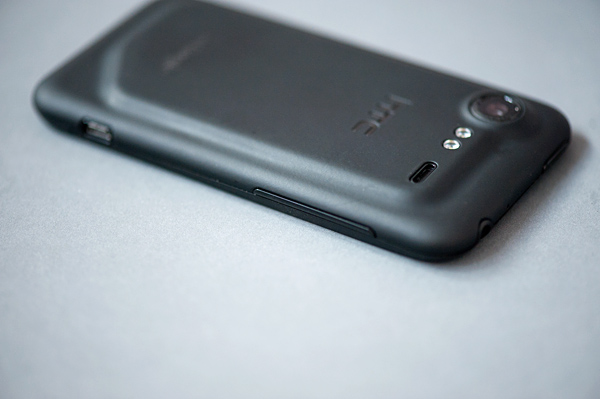
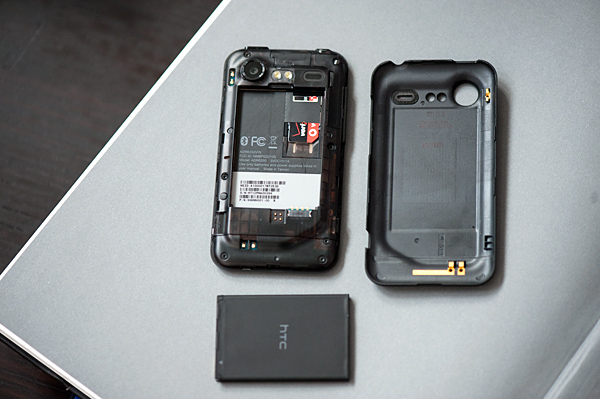
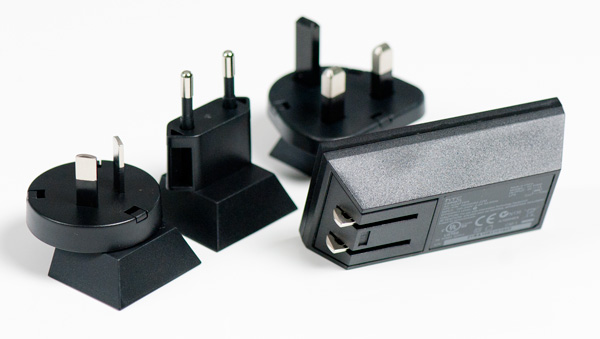








47 Comments
View All Comments
jigglywiggly - Monday, July 4, 2011 - link
single core and no amoledphone sux
TrackSmart - Monday, July 4, 2011 - link
Those items don't bother me. It's the lack of LTE on a new Verizon smartphone. Of course, if having a world phone is more valuable to you that might be an okay tradeoff...nomagic - Monday, July 4, 2011 - link
I cant stand AMOLED.AMOLED has awful color balance.
Why do people like AMOLED so much?
synaesthetic - Monday, July 4, 2011 - link
Not sure. I like the SLCD on my Glacier just fine. Sure, blacks aren't quite as black as they were on my old Galaxy S, but the color balance is much nicer and white webpages don't slaughter my battery.vol7ron - Monday, July 4, 2011 - link
I like the options, but Droid has some identification problems. Apple doesn't come out with a lot of phones, but when it does, it's easy to tell it's an iPhone and what version it is. Part of having a smartphone is having those bragging rights.Droid has many options and features, but their products are becoming more and more ambiguous by the time they hit the street. Combine that with all the different version names and it makes it tougher for consumers to remember what one they really wanted.
I think this problem begins with the manufacturer. So while I might like this, or another phone, I hope I write it down because a month from now, I doubt I'll remember its name.
The0ne - Tuesday, July 5, 2011 - link
People follow reviews no matter what, that's how AMOLED is loved.kmmatney - Monday, July 4, 2011 - link
I have to admit - I don't see the real need for dual-core on a phone. What's it going to do for you? My lowly iPhone 3GS is already pretty darn smooth, and has no trouble browing the web, doing email, playing games. Maybe there are apps that can use it, but the only thing I can think of that really needs the dual GPU would be hardcore games.vision33r - Tuesday, July 5, 2011 - link
Good software code, trumps any higher end hardware + poor code. In the case of Google, 98% of all their phones run crappy because of OS with OEM modified UI.Download any top end game on the Android Market and compare with top end game in iOS.
It's not even a contest at the moment in terms of software and app quality.
Death666Angel - Friday, July 8, 2011 - link
I wonder how well your 3GS would play my extensive .mkv library consisting of mostly 1080p series and movies. Or how well it would be able to browser flash websites or use google docs etc. :-)Just because it's good enough for you doesn't mean it is for everyone else. If everyone thought like you, we'd still go around with 30km/h trains and ride on horses most of the time.
makken - Monday, July 4, 2011 - link
It seems like HTC's hardware has been going downhill lately. IMO, HTC's hardware design peaked with the Tmobile G2 / Desire Z.Every HTC phone since that has just felt cheaper. I especially loved the metal battery cover with a dedicated release lever; and I wish HTC would incorporate that design into other phones they make instead of the plastic-rip-off cover that they've been going with lately.
I also liked the fact that it had a dedicated camera button and an optical trackpad, things that HTC has elected to delete from this generation of android phones. I know a lot of people are going to disagree with me on the trackpad, but I found it useful as a wake method (instead of having to push the power button on the top), as a D-pad for quickly repositioning the text input cursor, and as a notification LED.